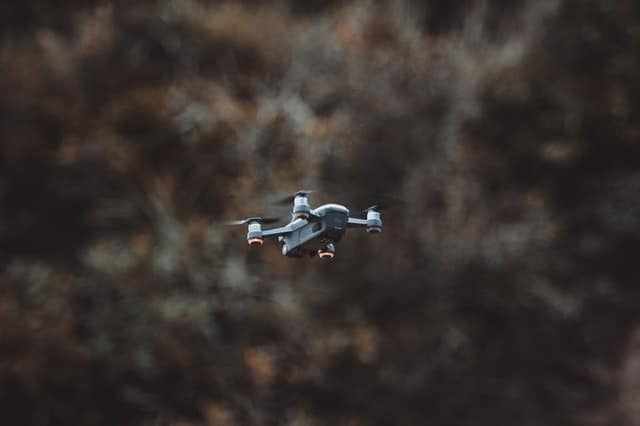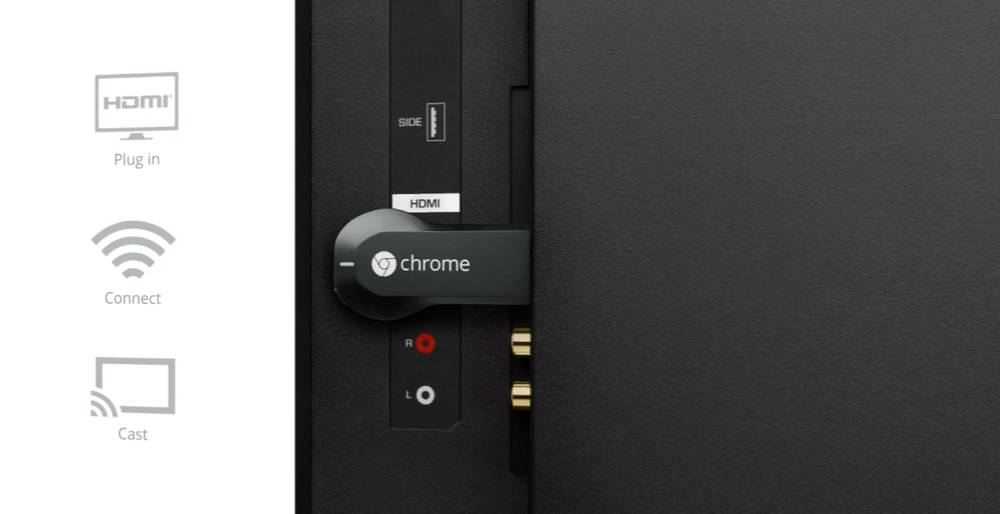The remote-controlled helicopter toy you had as a kid has evolved: the newest must-have gadget is the drone. They’re much more sophisticated than the first flying toys we had as children, and require some skill to master the art of flying. But are drones safe to give to children?
Lots of drone models AREN’T toys. Many have dangerous propellers, are easily damaged, and have dodgy spy cameras attached (that are great for people who want to make stunning aerial landscape videos, but not so great where privacy is concerned). These are all concerns for parents, and rightly so.
If your child has shown an interest in flying drones, don’t be too apprehensive. There are plenty of safe options available that make for a great family-friendly experience. Before making a purchase, you can check out this list by ProPhotoUAV of kid-friendly drones. Here, we’ll explain safe features to look for when buying, and all the ways you can ensure your child’s drone is an appropriate toy.
Start Cheap
It’s advisable to buy your child a small, inexpensive, no-frills drone to start with. This means they can learn how to fly it without worrying too much about damaging an expensive drone. They also typically include less powerful motors that are both easier to fly and will cause less damage if it collides with a person or object. Once they’ve mastered a small model, they can build up to bigger, better drones, with more features and settings. You could soon have an expert pilot on your hands!
Propeller Protection
Some drones come with sharp propellers that could cause an accident with a child at the helm of the remote. They could fly it into themselves, or an unsuspecting passer-by when you’re out flying in the park. When buying a drone for your child, consider ones that have protective guards around the propellers (there are models with removable guards).
Remote-Controlled
…Rather than smartphone or tablet controlled. This is firstly easier for kids to get to grips with, but also limits their time spent staring at screens. A great additional benefit to getting a drone for your child is that you can play with it outdoors in the fresh air together, away from TV and video games.
The Smaller the Better
Putting a large, heavy drone in the hands of a child is a no-go – they could do damage to themselves, someone else, or the drone itself. Small, lightweight drones fly easier and are more durable when knocked or crash-landed, plus will do much less damage if it comes into contact with a person. Just be wary not to fly them on a windy day!
No Camera
Camera drones might be an amazing invention for adults, but not so much for kids. For parents concerned about privacy, these are probably not the best option. There have been concerns about how easily these cameras can be hacked and accessed by others. There’s also the fact that camera drones are more expensive, and therefore will cost more to repair or replace if a child crashes it. However, making cool home videos can be great fun when supervised by an adult and not uploaded to the internet – it’s your choice!

Adult Supervision
This probably goes without saying, but to prevent accidents, you should always supervise children when using drones.
Crash Sensors
If you let your child loose on a more expensive model, make sure you are watching closely and have the crash sensors activated! These will alert you to unforeseen objects near to the drone when flying so that you can save it from collisions.
Where to Fly
It’s recommended that you start in a small, open space, like your garden (be careful not to fly it into neighbouring gardens – people are suspicious of drones, and you don’t want to crash it and cause damage to other people’s property). There, you can teach your child the basics, before moving to a bigger, flat space. Be wary of hills, cliffs, trees and water, which all pose dangers and risks of crashing or losing the drone. A large, flat park on a day when it’s quite quiet and empty is a good start! Following these rules will make flying drones with a child as safe as possible.



